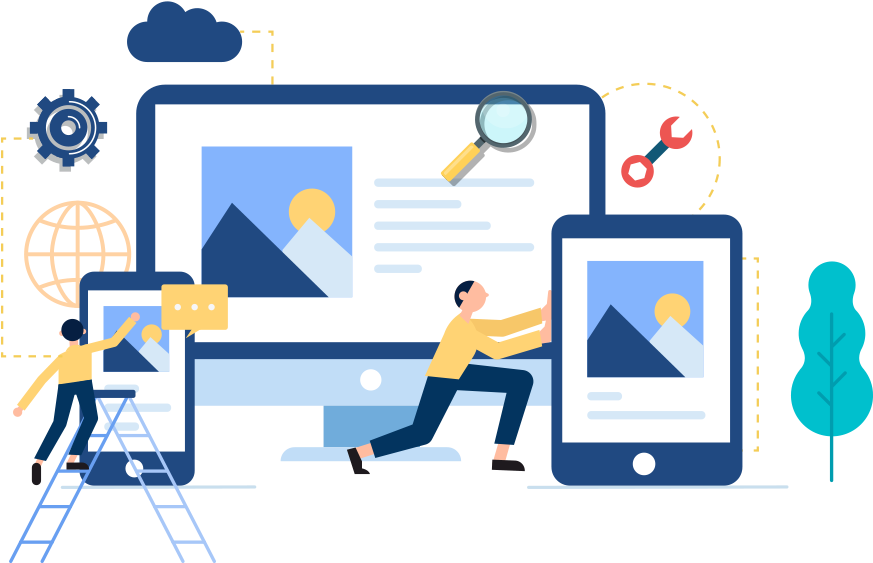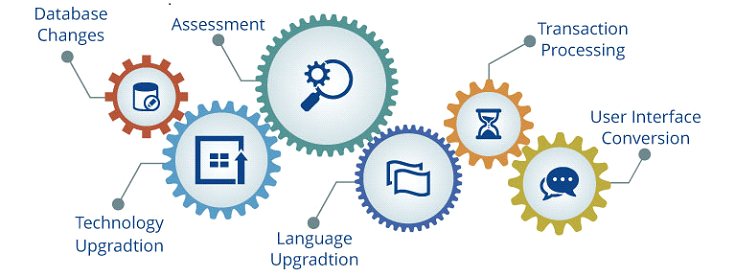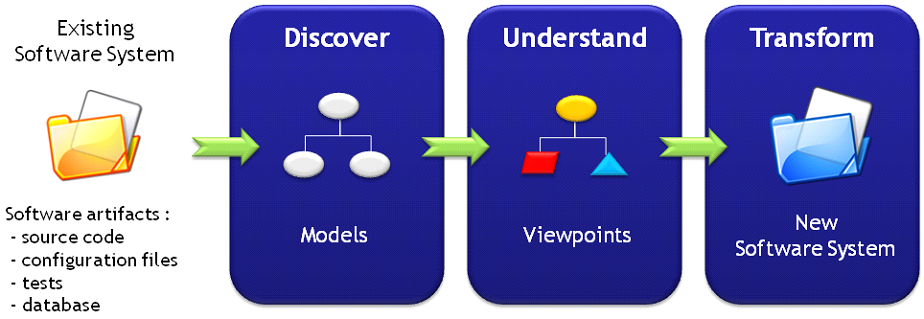ADA Software Re Engineering Services
We are a legacy software modernization company serving customers in Europe, the United States and India. With a practice spanning nearly 2 decades in Distributed Objects & Component based Development and with proven expertise with the Offshore model of service delivery.
Contact Us
Software Re Engineering & Migration
ADA Software Software Re Engineering & Migration
One of the core businesses of ADA is to provide legacy software application migration services using the principles of best practice transformation process and generative software tools. We re-engineer mission critical and highly complex legacy systems. These systems contain the core business processes of the organization which are often lost in the plethora of legacy code. The process is a detailed step by step process which requires significant efforts in design recovery (survey + model + recover) and restoration (modernize + restore).

The solution is based on an architecture driven modernization principle. Architecture Driven (ADM) Modernization is perhaps the most pragmatic of all approaches to achieve this huge task. Because the methodology is essentially tool based, it is able to drastically reduce the consolidation and migration effort drastically (30-40%).
ADM incorporates bottom-up extraction of architectural models followed by top down reuse in MDA processes and scenarios for legacy systems modernization and consist of 3 major phases:
- Design Recovery
- Tool Based Analysis and Design Recovery of the existing system
- Extraction of semantic details with regards to component definition and data control information including User Interface & processing logic
- Validation of Machine Readable Models
- Analysing the Design Models
- Structuring of machine readable Design models including Input / Output Data, Data Structures, Data Conversions, Database Access, Processing Routines, Screens and Report, Job Streams
- Mapping of Data and Functionality to Reduce Complexity and creation of Consolidation Model
- Separation of Common Data Structures and Functionality from Specialized items
- Consolidation & Generation Phase
- Definition, adoption, enhancements of Code Templates, Screens and Reports
- Recreation of the system in the target framework based on Design Models from Repositories
- Program and Systems Testing

All phases are supported by a set of modern tools, based on best practice standards (Eclipse, XML technologies) to ensure a highly automated, transparent and iterative migration process.
The Result
- Best features of the systems being consolidated are adopted
- Each source component maps onto a functionally equivalent component in the target system
- The new software is structured, reusable component based and flexible
- Business workflow of original system remains unchanged
- The final system ideally incorporates available advanced features of the target framework
- The software is better maintainable